7 Types of Plates that Are Oven Safe
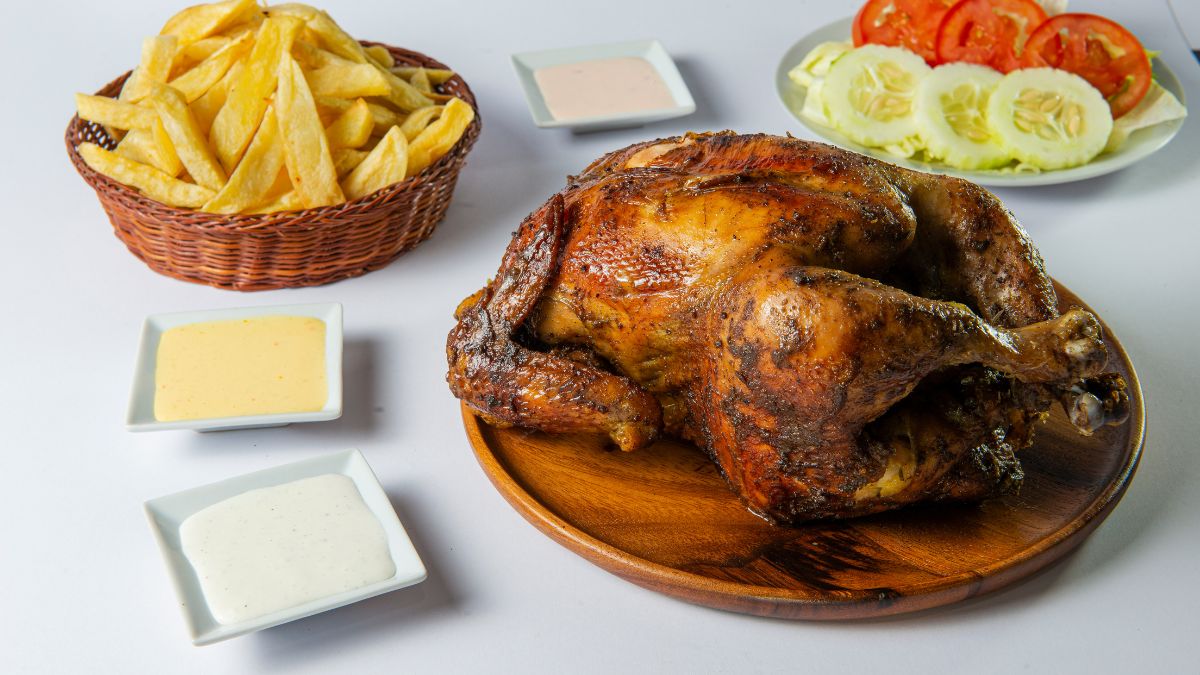
If you’ve ever experienced the agony of trying to hold two halves of a burning hot plate, with a load of food on it dripping all over the oven – keep reading! Sometimes I really don’t get the fact that I still didn’t burn my house to the ground, considering I’ve been making some questionable decisions. There are, indeed, options for serving dishes from the oven straight to your table fuss-free. So, I gathered everything you need to know about all the types of plates that are oven-safe, to make our lives easier.
What Plates Can You Put in the Oven?
Plates crafted from heat-resistant materials like ceramic, cast iron, stoneware, glass, silicone, stainless steel, and palm leaf ensure they can withstand high oven temperatures. They all have different ratios of durability, starting from 210 to 550 °F, though. I like some more than others, but my favorite is stoneware plates because of the amazingly textured food, plus, they look fancy!
Biodegradable Palm Leaf Plates
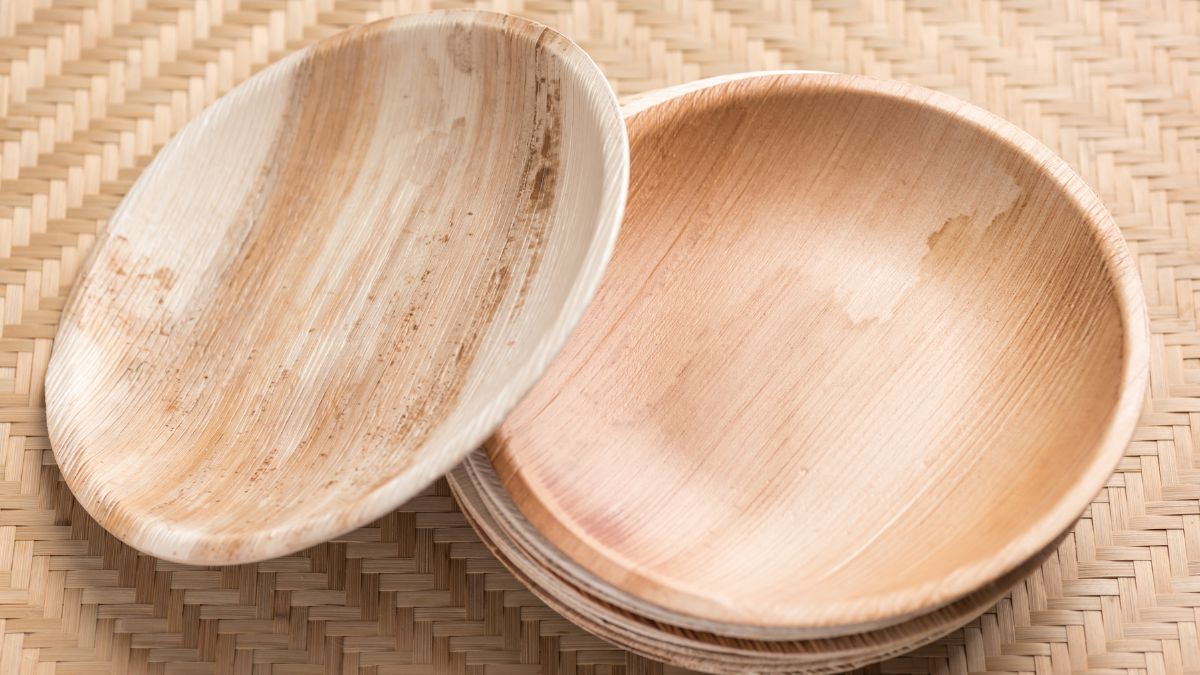
Pure palm plates are something I never thought about actually existing. Being 100% biodegradable, I was (and still am) surprised that they are oven-safe. They make them out of pure palm leaves which makes them eco-friendly and compostable.
I can recommend to you the Pure Palm biodegradable plates that I use. I simply love the design as they have the bamboo wood pattern, natural and minimalistic. Plus, they are really affordable option.
They don’t endure super high temperatures, only up to 210 °F (100 °C), though. You can’t bake much at that temperature, but they are top-notch for reheating large amounts of food. So, you can decorate everything, heat, and serve immediately!
Ceramic or Porcelain Plates
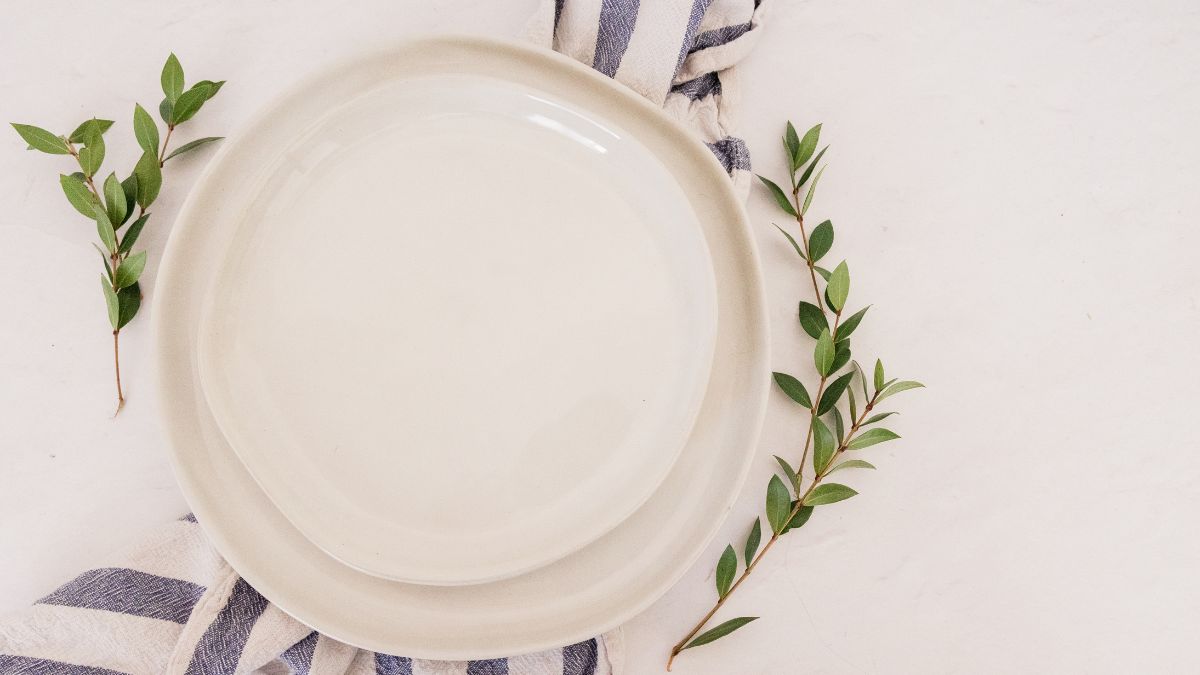
Ceramic plates are heat-stable because of the fact they are made from clay, which is baked at super-high temperatures to harden. Still, the specific oven-safe temperature varies based on the quality and type of the ceramic. Of course, the better quality secures the higher temperature.
I prefer to use décor-less, one-color plates because some applications and glazes aren’t made for the oven. Especially, keep an eye on those golden-rimmed plates and sparkly decor. Undoubtedly, some manufacturers use oven-safe colors and glaze, but that will definitely be noted on the packaging.
A few times, I foolishly placed the ceramic plate in the oven straight from the fridge and it cracked, of course. Just bring your plate at room temperature and you’ll be fine. When it comes to the temperature range for ceramic plates, it goes anywhere between 350 – 450 °F (175 – 230 °C). Still, it’s essential to check the manufacturer guidelines because some can tolerate higher temperatures, but bad-quality ones will go way lower.
Stainless Steel Plates
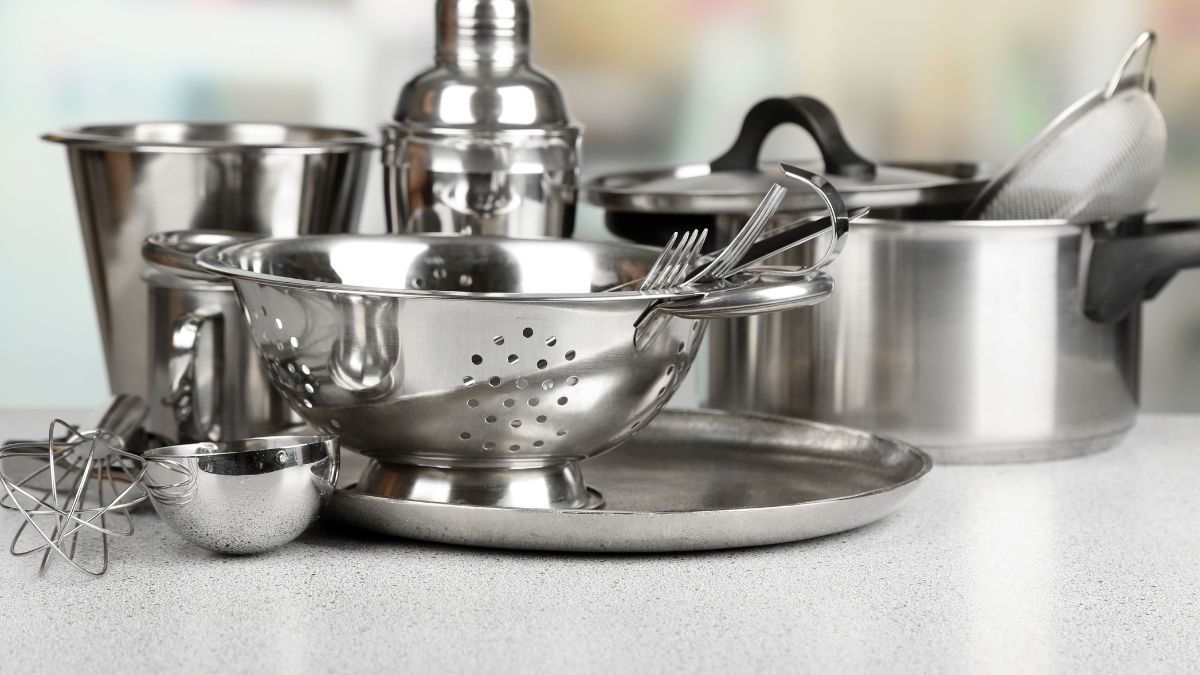
Stainless steel plates are safe to use in the oven, but it’s essential to check if they are truly made of high-quality steel that won’t react with food in the oven. In that case, you can bake anything in them without the worry of discharging any toxic chemicals. I have so many stainless steel bowls in my collection and they are all heat-safe, I even bake bread in them sometimes.
But, many of them I have, have handles or rims made out of some other material, like plastic or silicone. So, if you have them too, check if they are really oven-friendly as a whole. Speaking of maximum temperatures, check the manufacturer’s guidelines because some of them can go up to 500 °F (260 °C), but others don’t go over 400 °F (200 °C).
Cast Iron Plates
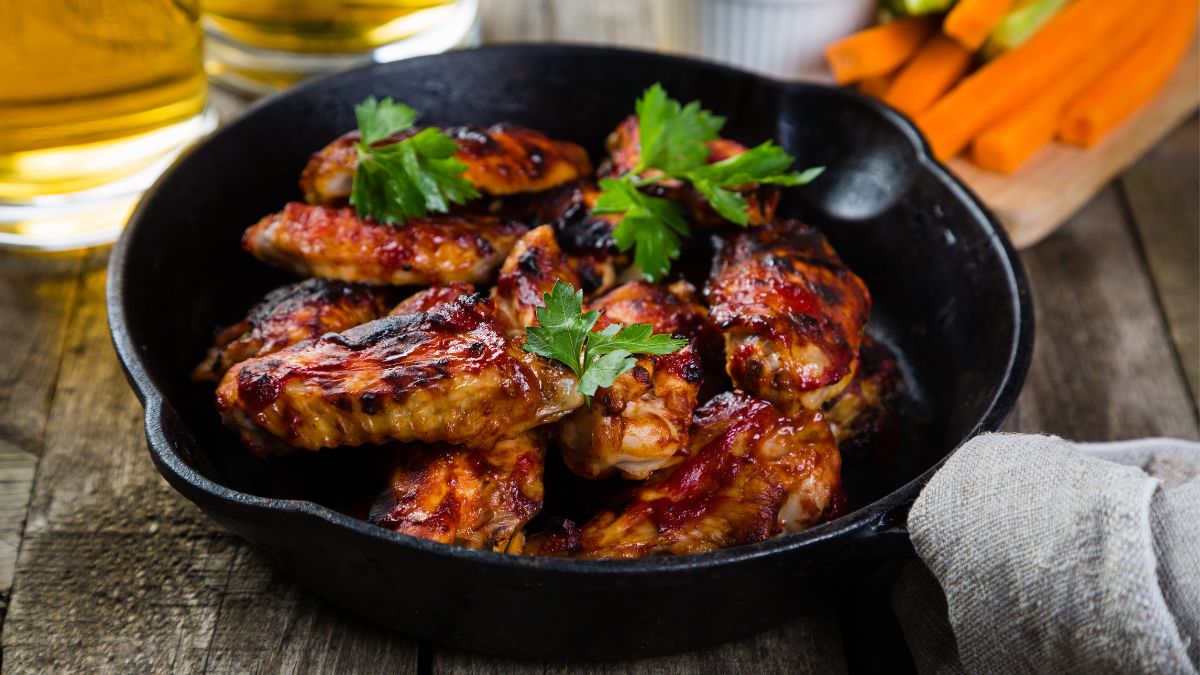
These are in my top 3 favorite oven-safe plates! I have a feeling that the food is so much tastier out of them than any other one, I don’t know why. They are prime in heat retention and heat distribution which make them a top choice for reheating food, cooking, and baking.
I love the meat and potatoes roast from cast iron dishes, as it gets just the right amount of crunch and juiciness. You can prepare anything in them, from casseroles to desserts. Plus, they are pretty aesthetically pleasing, so you don’t have to worry about serving as it fits any theme.
What’s more, they get extremely hot in the oven, so always take out the food a few moments before it’s actually ready, to cook in its heat. Also, double up on oven mitts or potholders – it’s experience speaking here. 😀 Cast iron plates are safe to 500 °F (260 °C), which means you can broil in them, as well!
Silicone Plates
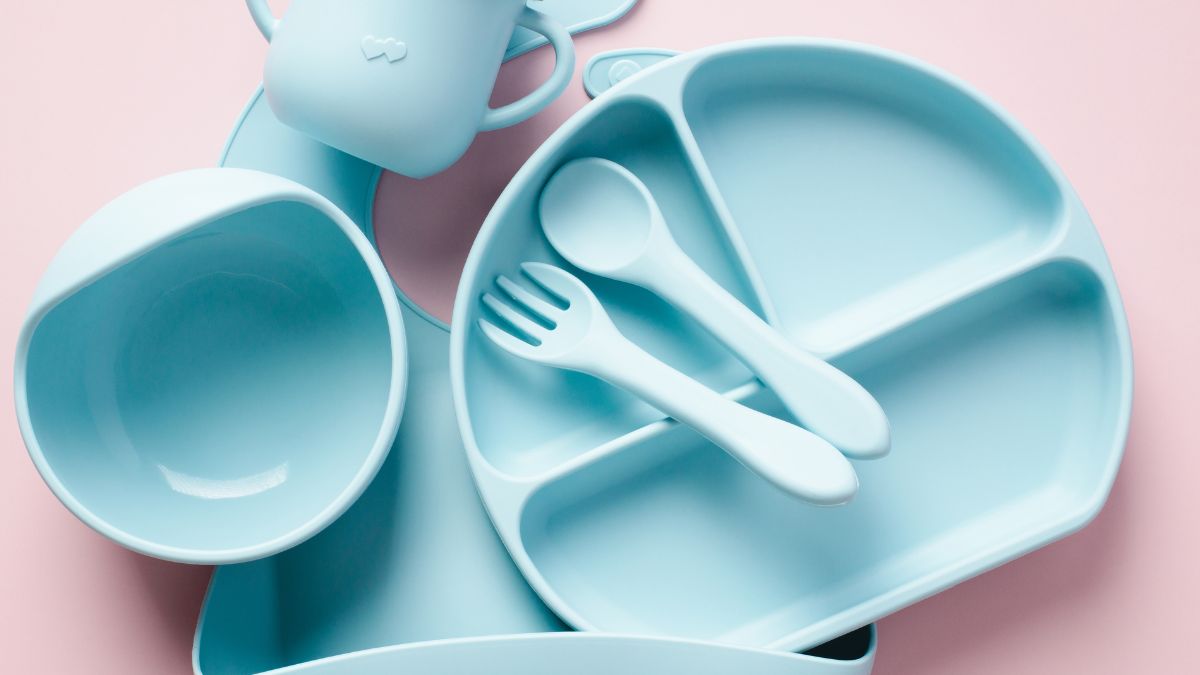
When I got an idea for this article, I was brainstorming all the potential plate materials and remembered I use silicone muffin molds regularly but don’t own any silicone plates. I searched Amazon to check if there are any oven-friendly ones and surprise, surprise – there are. Most of them are kid plates with dividers and lids, though, but it is kind of a great thing, as you can use them for storage purposes, too.
They are perfect for preparing a single portion of baked oats, for example, or single desserts, like brownies. I found some regular plates, as well, but I must admit, they are not as cute. 🙂 The only catch is, they have to be made without additives or fillers, which makes them super healthy to eat out of. Their maximum temperature is 450 °F (230 °C), but that number is usually lower, so check the guidelines to be 100% sure.
Glass Plates
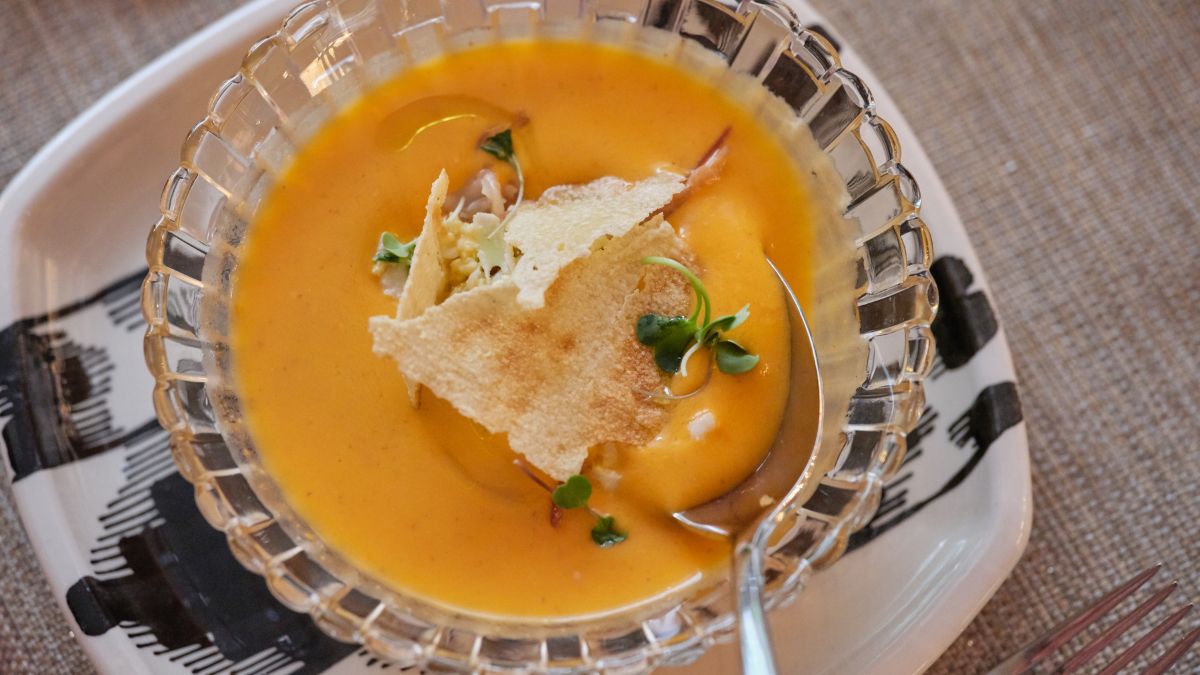
Glass casserole dishes are my favorite, while plates are not as much, to be honest. I own one or two, but they are never my go-to choice when I need an oven-safe plate. But that’s probably my personal preference. I just find them tricky to handle, because they get extra slippery.
Glass plates look fancy, though. When choosing oven-friendly glass, go for tempered as they are way stronger than regular, or choose plates with the Pyrex logo. You can bake in them at 425 °F (220 °C), which means you can’t use them for broiling.
Stoneware Plates
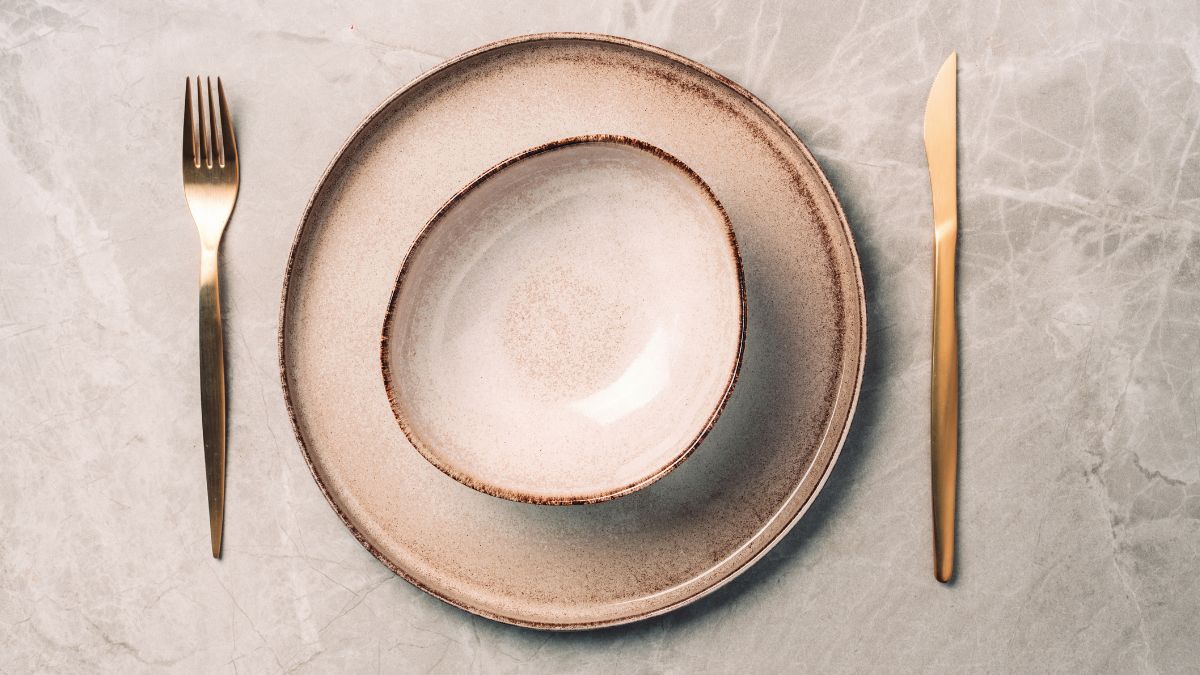
I LOVE stoneware plates! They always look so gorgeous and decorative, plus the food stays warm for ages in them. You must handle stoneware super carefully, as they crack at every abrupt change of temperature. This means you have to heat them gradually, and everything will be okay.
Depending on the producer, they are safe to use at temperatures up to 350 °F (180 °C) and some even up to 500 °F (260 °C). When it comes to taste, the food from these plates is finely crisped, but moist inside, so I would always recommend owning at least one.
How to Know if the Plate is Oven-Safe?
First of all, search for the oven-safe symbol underneath, which guarantees a lack of any health hazards and breakage. If there is no symbol, look through the manufacturer’s guidebook for instructions.
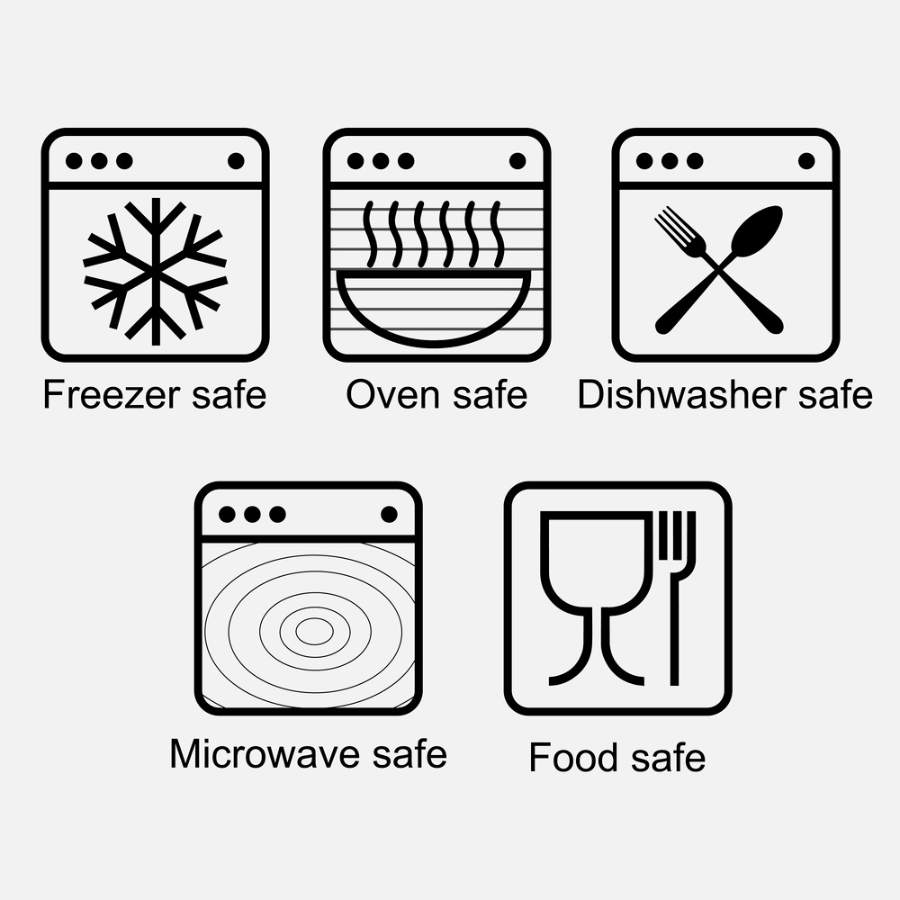
Also, some materials like stainless steel and cast iron are 100% always safe, just be careful with any additional materials (plastic handles for example).
If you feel more adventurous, do a test for heat resistance. Just preheat the oven to low temperature, at 200 °F (90 °C) tops, and leave it in for about 15 minutes. Check it for cracks and discolorations, and if there are no any, it is probably safe to use in the oven. Unfortunately, this doesn’t guarantee they are all safe at high temperatures, so still be careful.
Do you have any thoughts on this? Let us know in the comments below. 🙂
